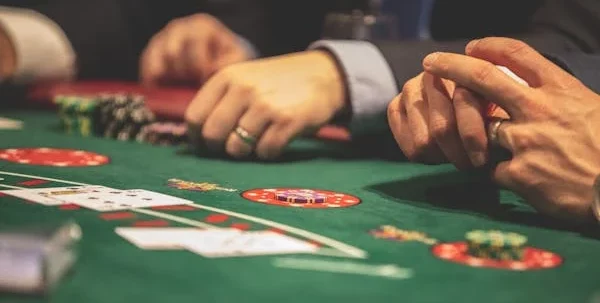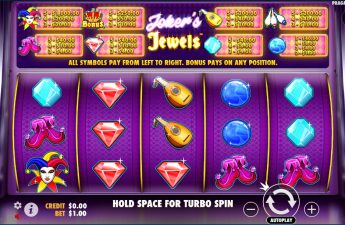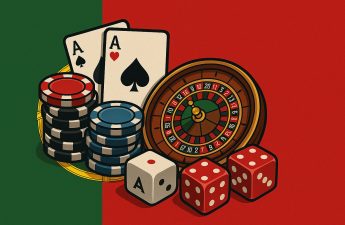In blackjack, a Soft 17 (an Ace counted as 11 plus a 6) offers flexibility, letting you hit without the risk of busting. You should never stand with this hand; opt to hit or double down to maximize your potential returns. Pay attention to the dealer’s upcard. If it’s 2 or 7 to Ace, your best bet is to hit. On the flip side, should the dealer’s card be a feeble 3 to 6, it’s well worth considering doubling down. Remember, specific strategies and your next steps can vary based on the dealer’s upcard and your new total after hitting. Dig into more detailed strategies for added advantage.
Understanding Soft 17 in Blackjack
Let’s plunge right into understanding Soft 17 in blackjack. This term refers to a hand that totals 17, including an Ace that’s counted either as 1 or 11. Notable soft hands include Ace-6 and Ace-3-3.
As a player, this gives you more flexibility because you can hit without the risk of busting.
Remember, you should never stand on Soft 17. It’s statistically more favorable for you to hit or double down. This maximizes your potential returns and is a significant part of your blackjack strategy.
Your next move also depends on the dealer’s upcard. Basic strategy dictates that you should hit if the dealer’s upcard is a 2 or anything from 7 to Ace in multi-deck games.
However, if the dealer’s upcard is between 3 and 6, and you’re allowed to, it’s a good idea to double down.
It’s also important to keep in mind that the house edge is impacted by the dealer’s rules on Soft 17.
We’ll explore more into this in our next subtopic. Understanding the dynamics of Soft 17 is essential for your decision-making and overall blackjack strategy.
Dealer’s Rules for Soft 17
Understanding the dealer’s rules for Soft 17 is an essential part of your blackjack strategy. In most blackjack games, the dealer’s rules require them to either hit or stand on Soft 17. How this is played out can greatly affect the house edge and your chances of winning.
When dealers hit on Soft 17, it’s not great for you as a player. This rule increases the house edge by roughly 0.20%, giving the house a stronger position. On the other hand, when dealers stand on Soft 17, it’s advantageous for players. It usually results in a lower house edge, which gives you a better shot at winning.
These dealer’s rules for Soft 17 vary depending on the location. They’re more common in American blackjack, while in UK blackjack, dealers typically stand on Soft 17.
Before you engage in a game, it’s important to check table rules. Understanding whether the dealer hits or stands on Soft 17 can change your strategy and gameplay.
Strategizing With Soft 17
Almost every time you find yourself holding a Soft 17, you should never stand. As a blackjack player, your primary goal is to improve your hand, and standing on a soft 17 doesn’t usually help you achieve that.
In fact, hitting or doubling down typically offers better chances of increasing potential winnings.
When the dealer’s upcard is between 3-6, double down if you’re playing multi-deck games. In single-deck games, you can double down even if the dealer’s upcard is 2-6.
This strategy capitalizes on the dealer’s vulnerability, helping you maximize your gains.
However, if the dealer shows a strong card (7-A), you should hit on Soft 17. This improves your hand value while minimizing the risk of standing with a low total.
You must also be aware of the house rules regarding doubling down on soft hands. Some casinos restrict this option to specific values, which could impact your overall strategy.
Understanding when to hit on Soft 17 against different dealer upcards is essential.
Always consult basic strategy charts to guide your decisions based on the new total. These charts are invaluable tools for strategizing with a soft hand.
Post-Hit Scenarios for Soft 17
Often, after hitting on a Soft 17, you might find yourself in various scenarios depending on the card you draw. For instance, if you draw a 10, your hand instantly morphs into a Hard 17. At this point, your best bet would typically be to stand, especially when up against the dealer’s upcard.
However, should an Ace, 2, 3, or 4 grace your hand, this improves your situation to a Soft 18 or better. Now, your strategy shifts to standing, provided the dealer shows weak cards, ranging from 2-6.
Drawing a 5-9, though, leaves you in a precarious position, with a hand value teetering between 12 and 16. It’s here that hitting again becomes your most favourable move, unless the dealer pulls out a bust card.
In multi-deck games, it’s always smart to hit on Soft 17 when faced with a dealer’s upcard of 2 or 7-A. This approach maximizes your winning chances in your blackjack game.
Mistakes to Avoid With Soft 17
While managing a Soft 17 in blackjack can elevate your gameplay, it is equally crucial to steer clear of common pitfalls that jeopardize your winning chances. One of the most prevalent mistakes is standing on soft 17, which often leads to more losses than hitting or doubling down. This is particularly true in many casinos where the rules require dealers to hit soft 17, increasing the house edge.
One often overlooked opportunity is doubling down on soft 17 when facing a dealer’s low upcard (3-6). This approach exploits the dealer’s high chances of busting. However, keep in mind that some casino rules restrict doubling on soft hands. So, it is important to understand these rules to avoid confusion.
Additionally, misplaying a multi-card soft 17, like standing on a 2-4-A hand against a dealer’s 6, can cost you potential wins.
Incorrectly doubling down on soft 17 against a dealer’s strong upcards (7 through Ace) is another common blunder. In these scenarios, hitting to improve your hand is the basic strategy to follow.
| Mistake | Consequence | Correct Strategy |
|---|---|---|
| Standing on soft 17 | Greater losses | Hitting/Doubling |
| Neglecting to double vs. 3-6 | Missed opportunities | Doubling |
| Misplaying multi-card soft 17 | Missed wins | Hitting |
| Doubling vs. 7-Ace | Possible losses | Hitting |
| Ignoring casino rules | Confusion | Understand rules |
Frequently Asked Questions
How to Play Soft 17 Blackjack?
You’ve got a soft 17. Don’t stand! Hit or double down based on the dealer’s upcard. Use your soft total strategy, consider game variations, and avoid common mistakes. Remember, your options depend on dealer rules.
Is It Better to Hit a Soft 17 or Stand?
In blackjack, you’re better off hitting a soft 17. It’s a risky play, but it increases your chances against the dealer’s advantage. Assess the game variation, house rules, and hand values before making your decision.
Why Does Dealer Hit Soft 17?
You’re asking why the dealer hits on soft 17. It’s a blackjack rule designed to increase the house edge. This strategy may lead to a higher total for the dealer, reducing your advantage in the game.
Do You Double a Soft 17 Against a 6?
Yes, you should double a soft 17 against a 6. It’s a strategic move in blackjack that increases your odds. This decision capitalizes on the chance of the dealer busting, enhancing your player advantage.
Conclusion
So, you’ve got the rundown on playing a soft 17 in blackjack. Remember, it’s all about reading the dealer’s upcard and playing strategically. Don’t forget that hitting is often your best bet, but be ready for various post-hit scenarios. Avoid common mistakes like always standing or doubling down. With practice and focus, you’ll master the soft 17 play and boost your blackjack game. Good luck, and may the odds be in your favor! For an anonymous and secure gaming experience, try your hand at blackjack at Crypto casino Wolfbet, where fast crypto transactions enhance your gameplay.




